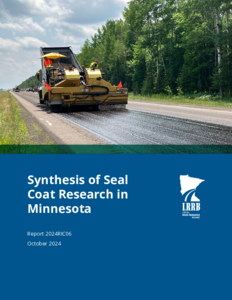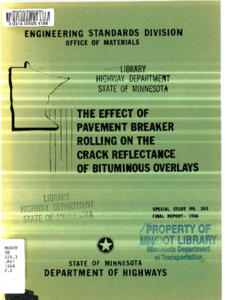Synthesis of Seal Coat Research in Minnesota
Date Created
2024-10
Report Number
2024RIC06
Description
Dowel – Concrete Interface Performance Validation in Concrete Rehabilitations
Date Created
2024-09
Report Number
2024-24
Description










